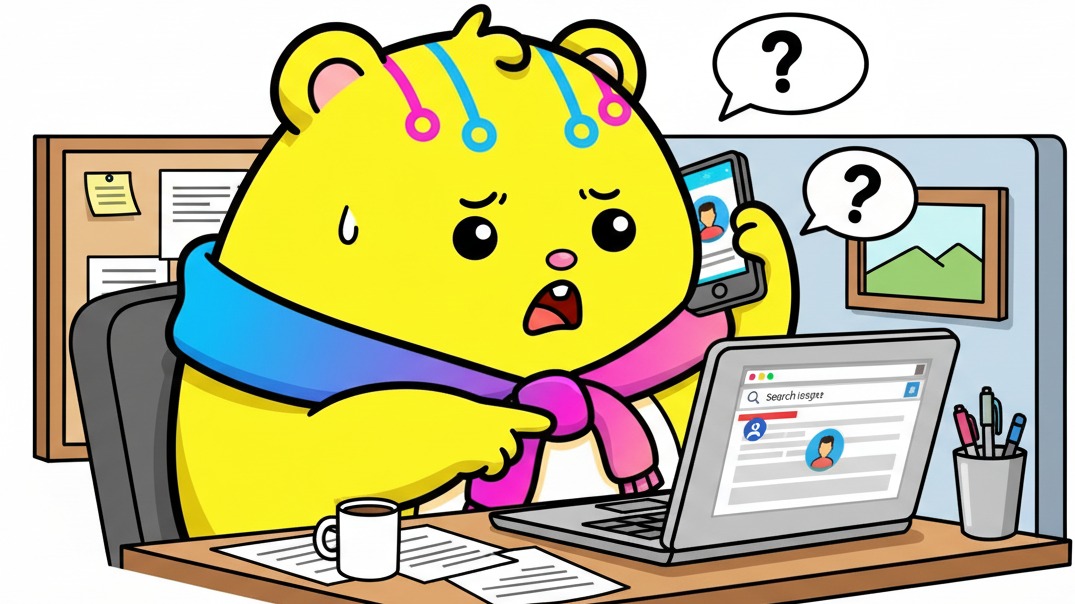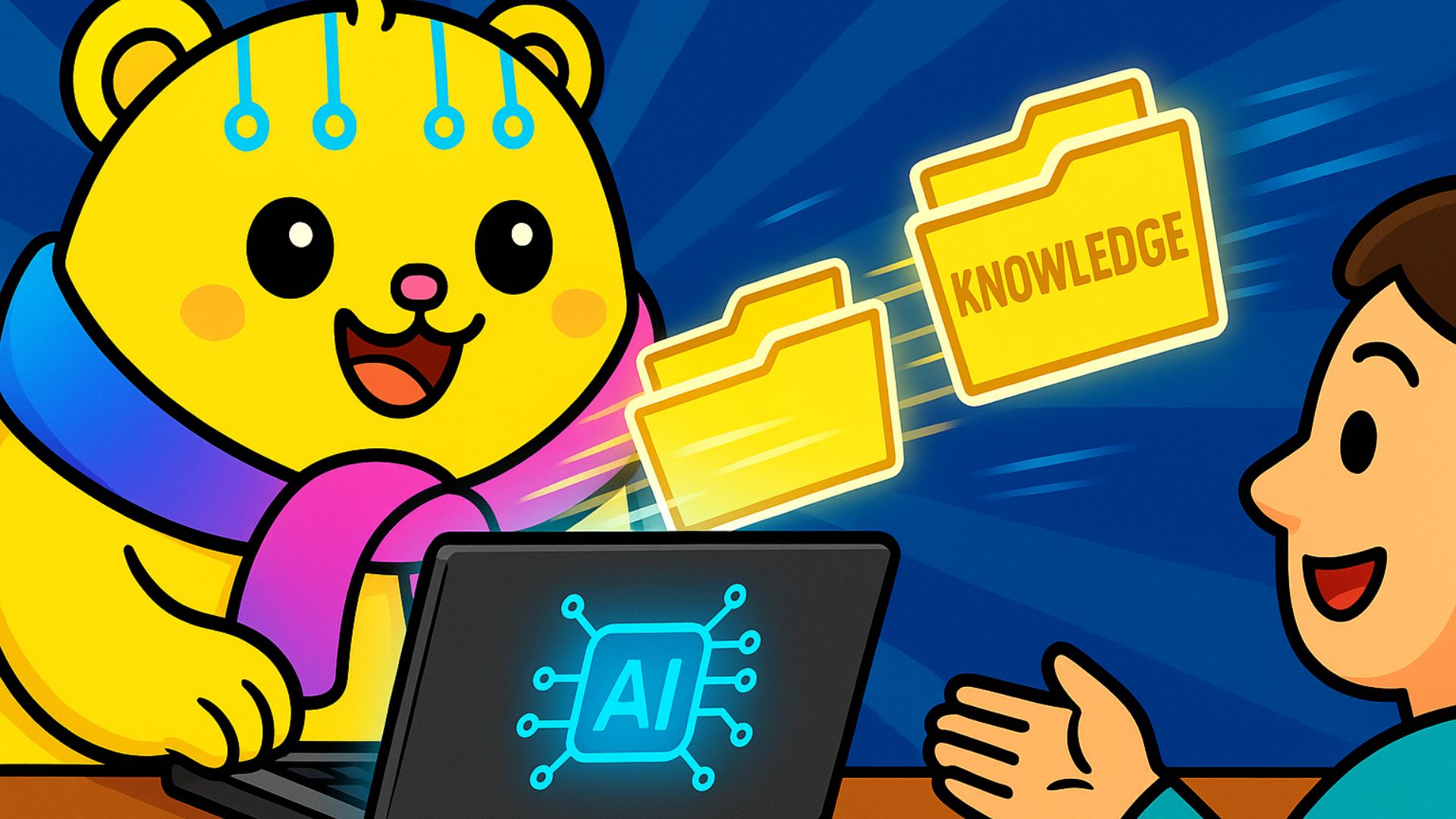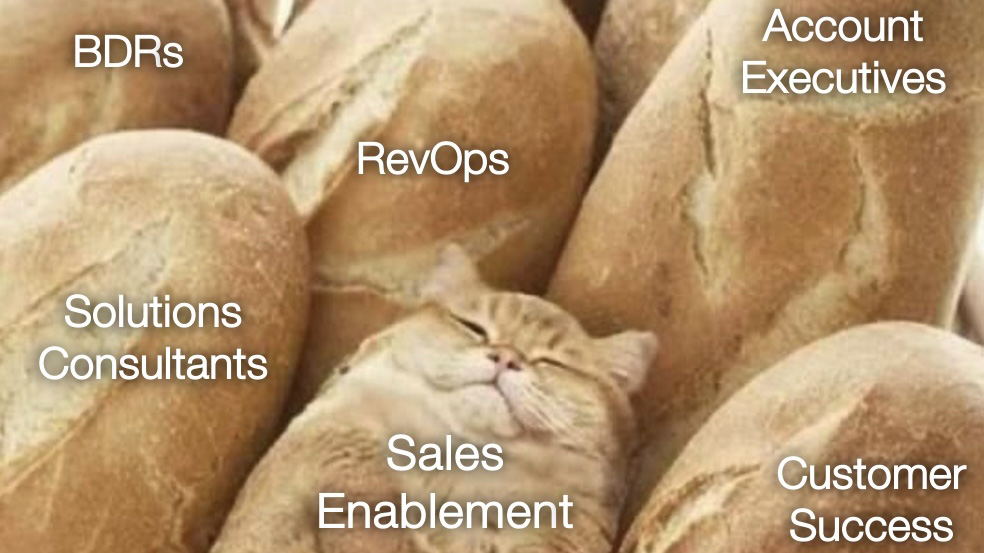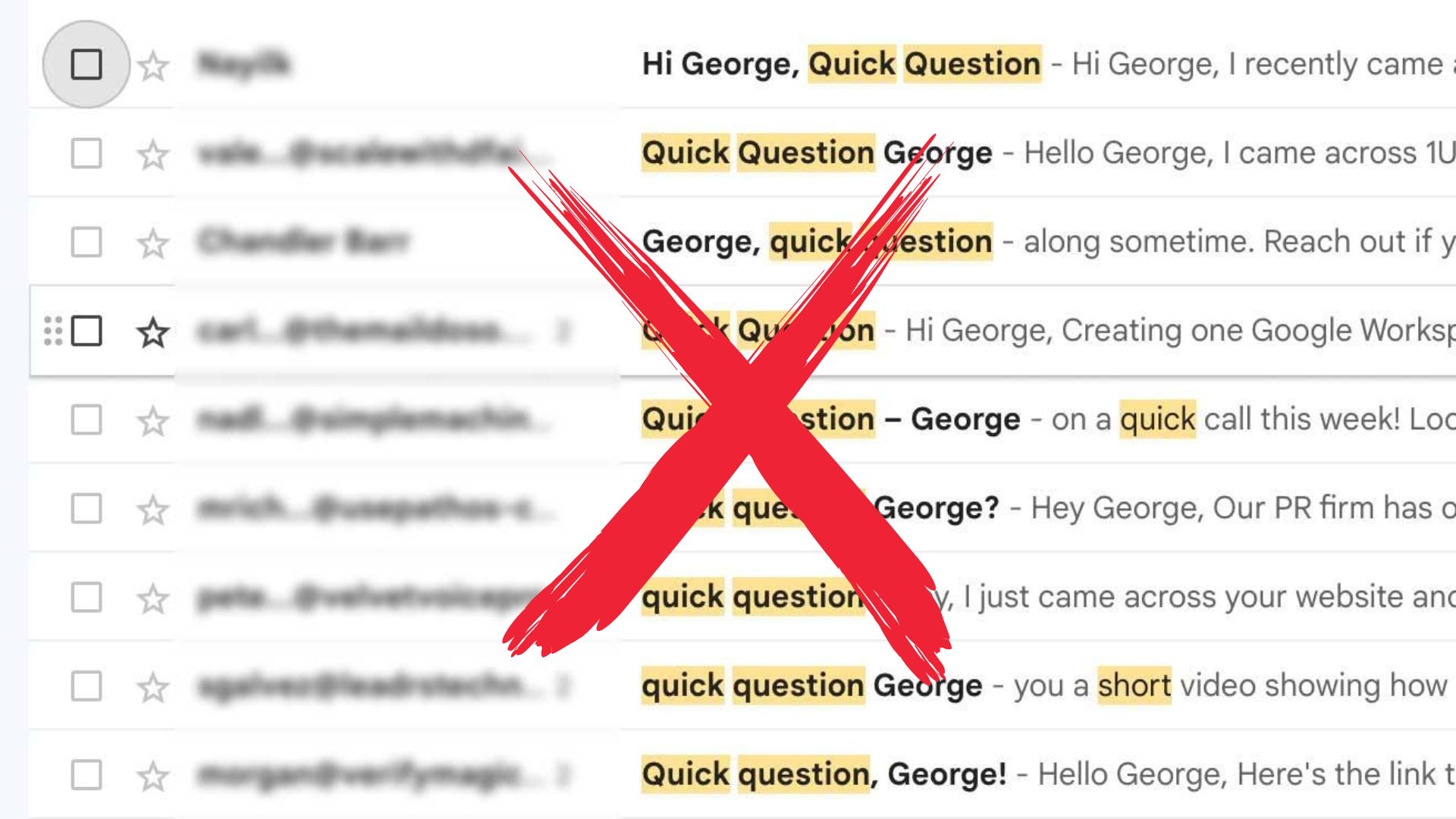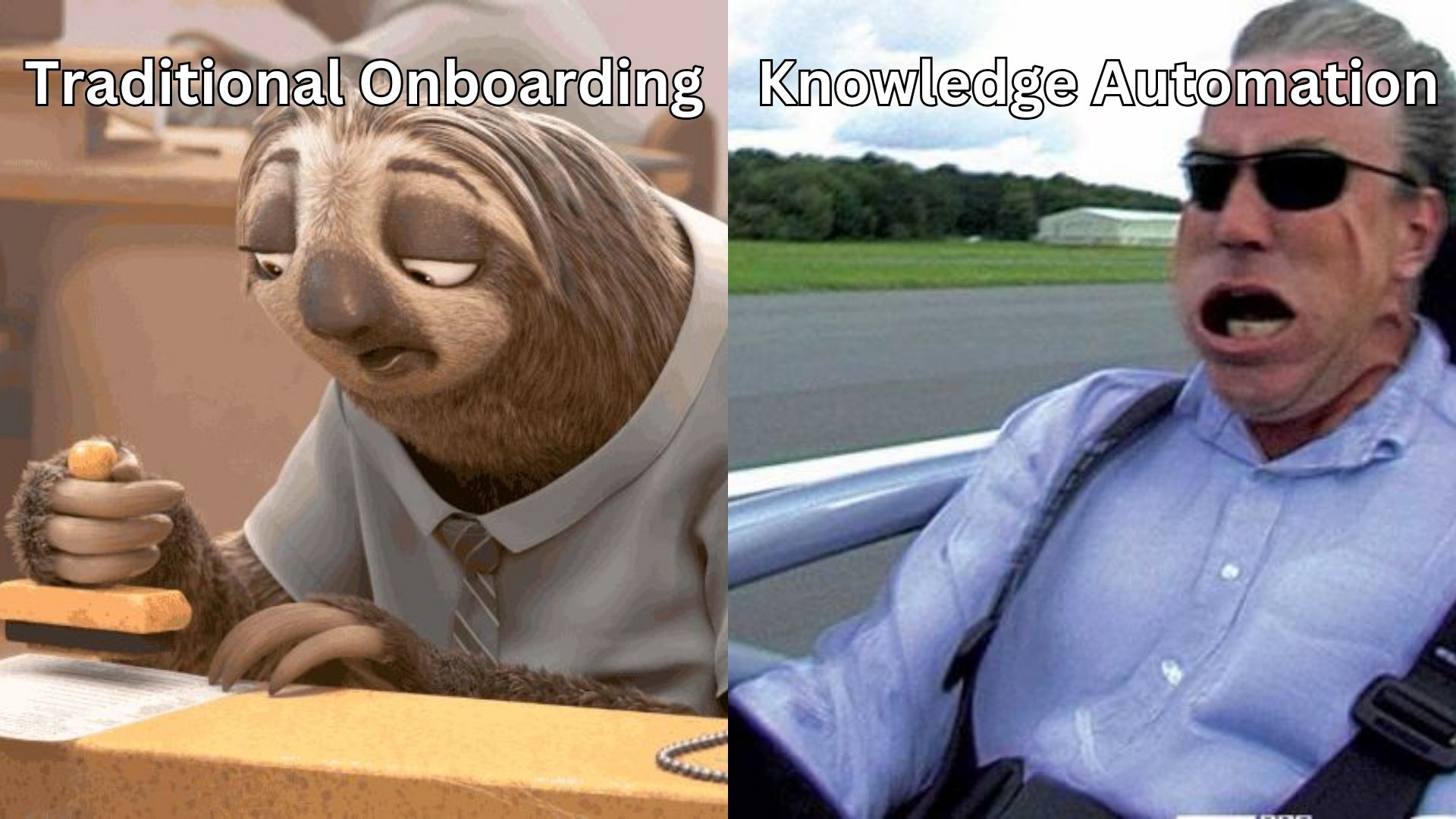Sales automation is cool in many ways.
The mix of products, processes, and philosophies have undoubtedly changed the game. Automation and sales AI tools have made life easier for reps and created a measurable process around a job that often feels like it’s more art than science.
The practice of sales automation has also negatively affected sales as a brand.
We get it, most people blame sales reps for ruining sales. But somehow the job is still around, highly lucrative, and rewarding.
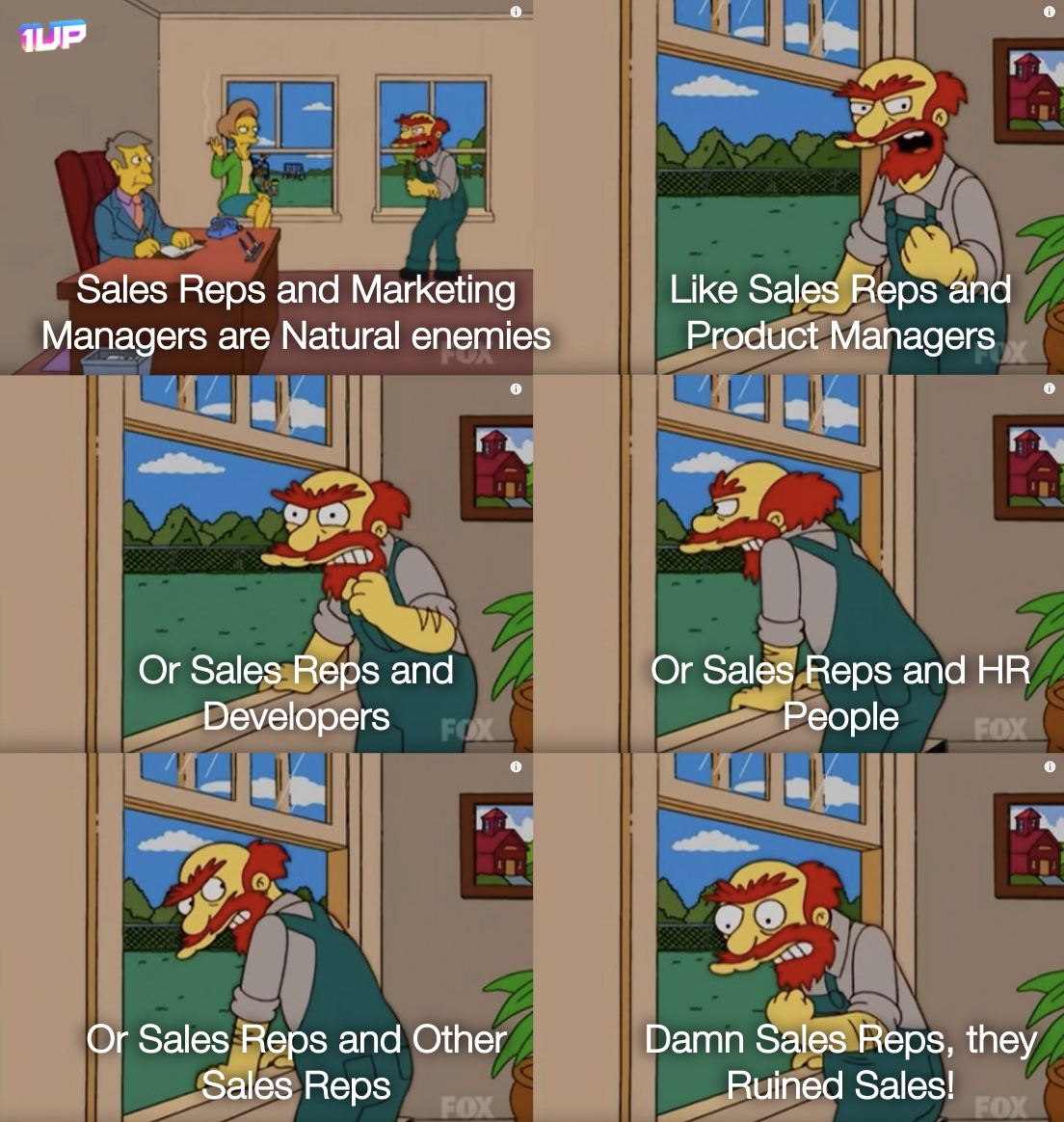
What if it isn’t people who hurt the sales brand? What if it’s actually the products and processes we’ve come to depend on?
Here are 8 ways sales automation is negatively impacting the industry:
1. Email automation has created 1,000s of identical pitches
Everyone already knows that “spray and pray” email campaigns are a terrible practice.
But with such a low bar for personalization, you can expect subject lines to be a little more differentiated.
Yeah, right. 🙄
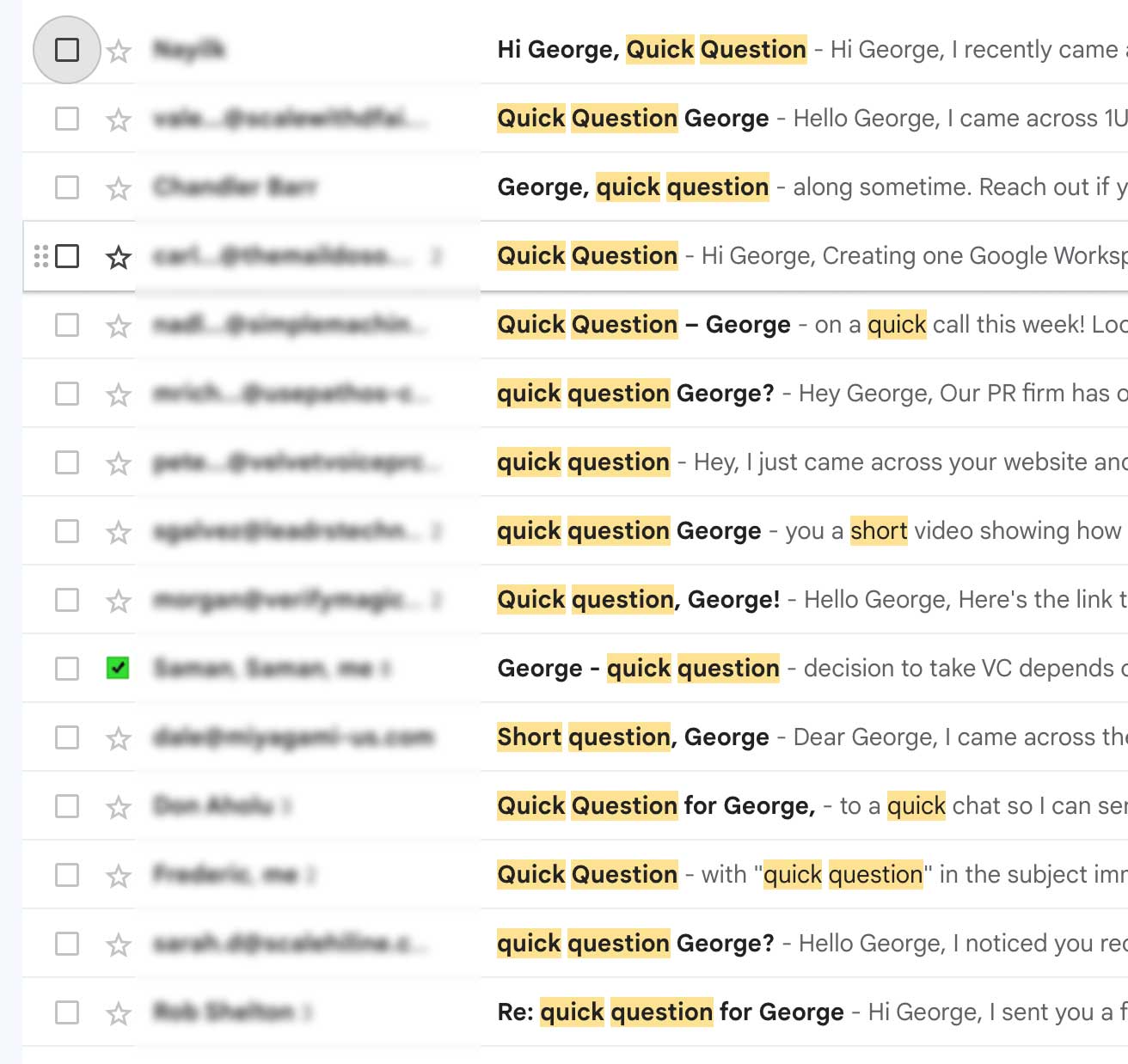
Does your inbox look like this nightmarish hellscape?
The worst part is that these email pitches now sound exactly the same across ALL industries. Our theory is that somehow, somewhere, someone wrote a blog post about high performing subject lines that spawned an outbreak of emails that look like identical and refuse to die.
To get over this, we need to get back to emails that were written by a human and aren’t sourced from a list of examples that every other sales rep is using.
2. Overreliance on metrics
Revenue generation is a mix of art and science. The science part was mostly used by marketing teams who needed something more than vibes to determine if a campaign is working. At some point, marketing metrics made their way into the sales zeitgeist.
That’s not necessarily a good thing.
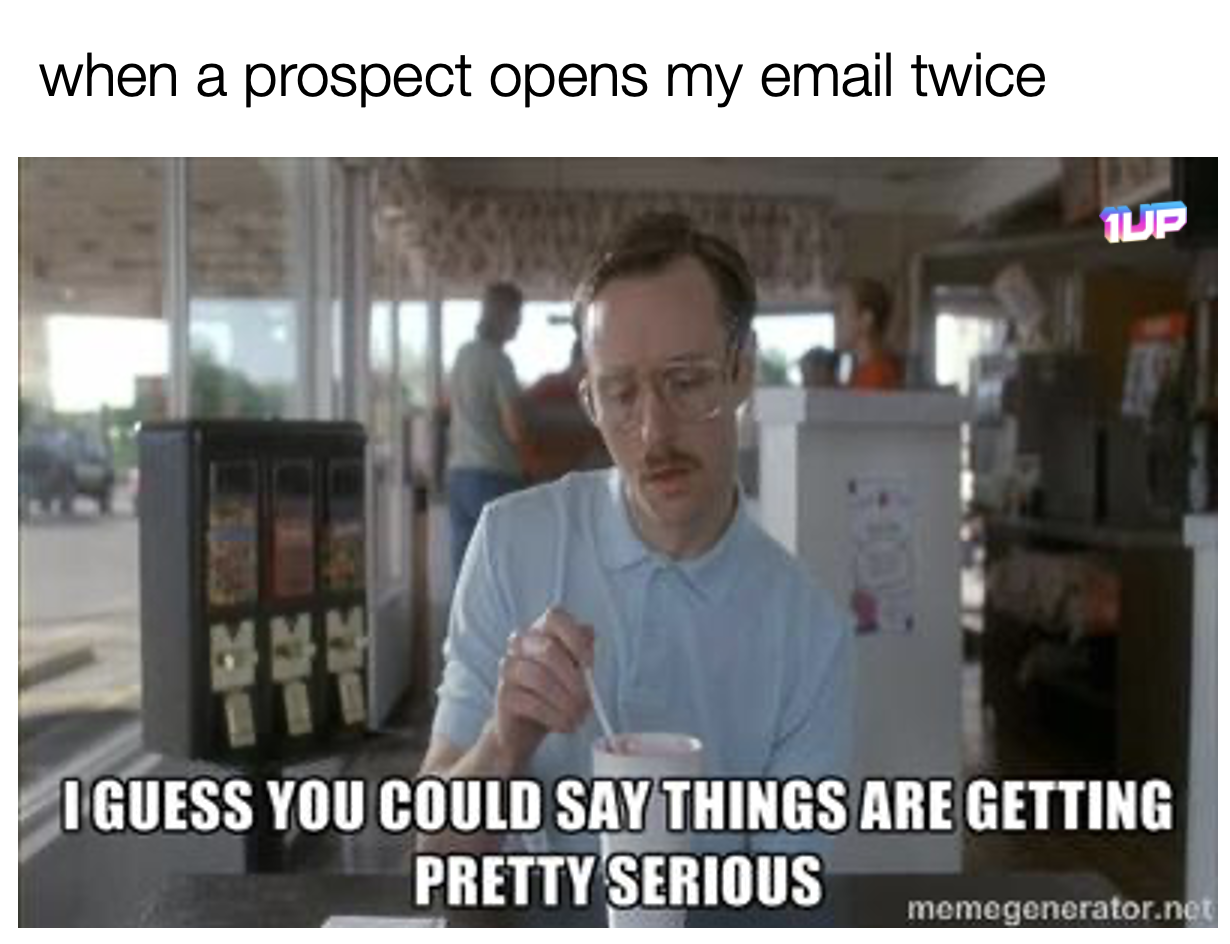
Today reps are too focused on metrics such as email opens, post engagement, clicks, views, and other numbers that don’t have dollar signs next to them. This creates a dynamic in which sales teams become a quasi-marketing function that’s focused more on vanity metrics than revenue.
55 email opens DO NOT mean they’re a qualified prospect. It means their email security system is scanning your message repeatedly.
3. AI-generated emails kinda suck
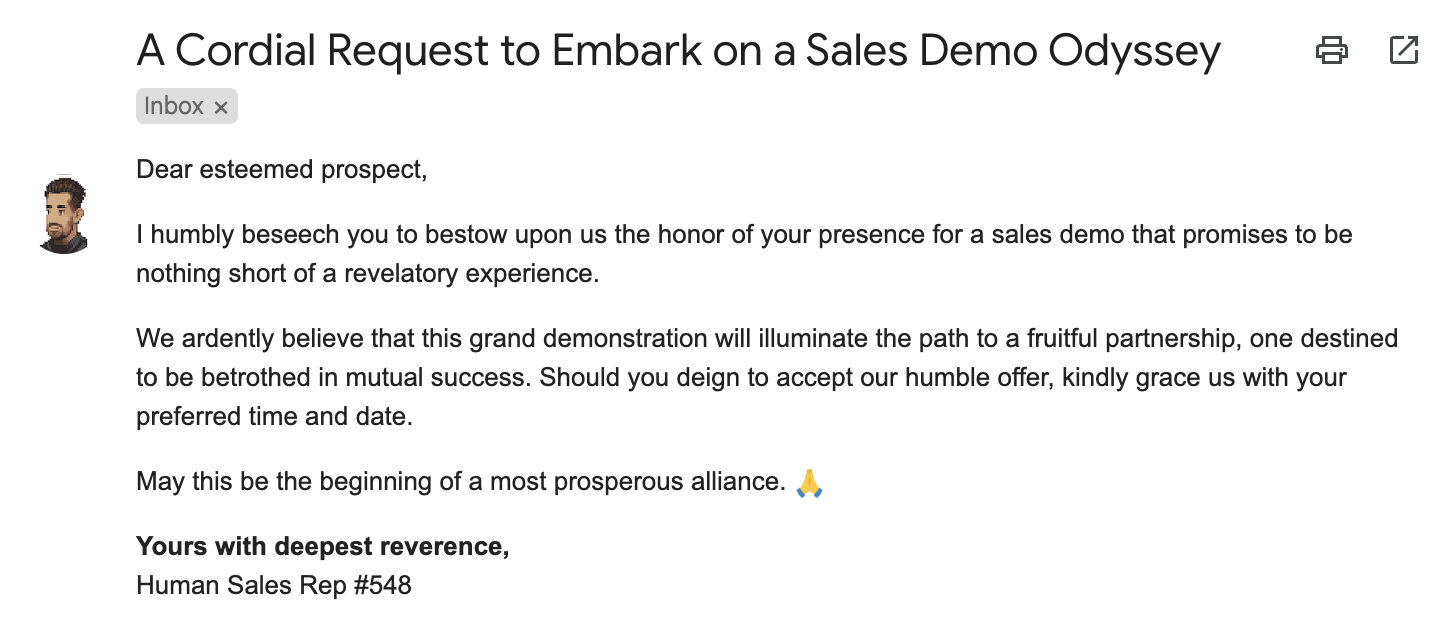
There’s nothing good about AI-generated emails. They were cool for like…5 minutes. Then everyone realized that they all sound the same.
There’s something unnatural about AI-generated emails that makes them unlikable.
Even at their best, they’re too long and wordy. Some use too many big words and read like they were written on 15th century parchment.
As a marketer, I love using AI to help me brainstorm ideas. And as a buyer I will vehemently reject anything I sense has even a whiff of AI (even if it just feels like AI).
Travis Tyler, Social Media Manager @ Motion
4. Mass-mailed photos and videos are weird
The stats don’t lie – sales automation is here to stay. But some of the tactics are… strange.
For example, has someone sent you a video hello message on LinkedIn recently?
How about a photo of them holding a sign up with your name?
Did it make you feel good? Or was it kind of… confusing?

We’re not going to knock this sales practice. It’s clear that an effort is being made by reps to stand out.
The problem is that automation has already diluted this once creative approach. Because by the time you actually respond to that fun video DM, you’ll find that there are 10 more in your inbox just like it.
That’s kind of the theme we’re seeing in these examples. Something is cool for 5 minutes. Then the automators get their robot hands on it and it quickly becomes another form of sales spam.
5. Fake comments on LinkedIn
There are no words to explain this one.
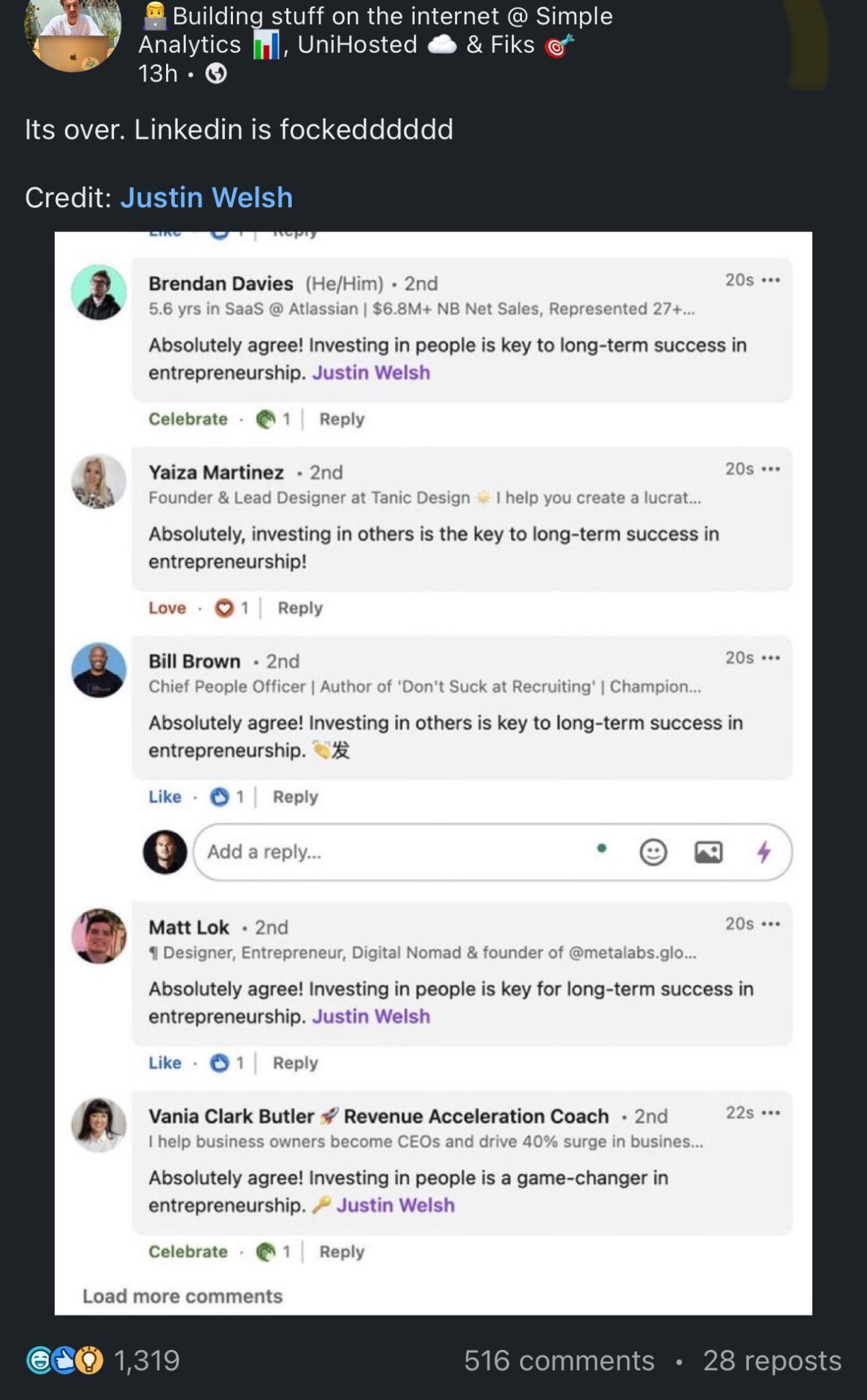
The larger theme of automation is that it makes the overall signal-to-noise ratio worse. For example, AI comments on LinkedIn. If they get bad enough, people will stop reading their comments – which is bad, because that’s where a lot of relationships are started that later turn into closed deals.
Finn Mckenty, Founder @ The Punk Rock MBA
6. AI SDRs are killing email deliverability for everyone
Jason Lemkin has a great take on how AI is negatively impacting outbound.
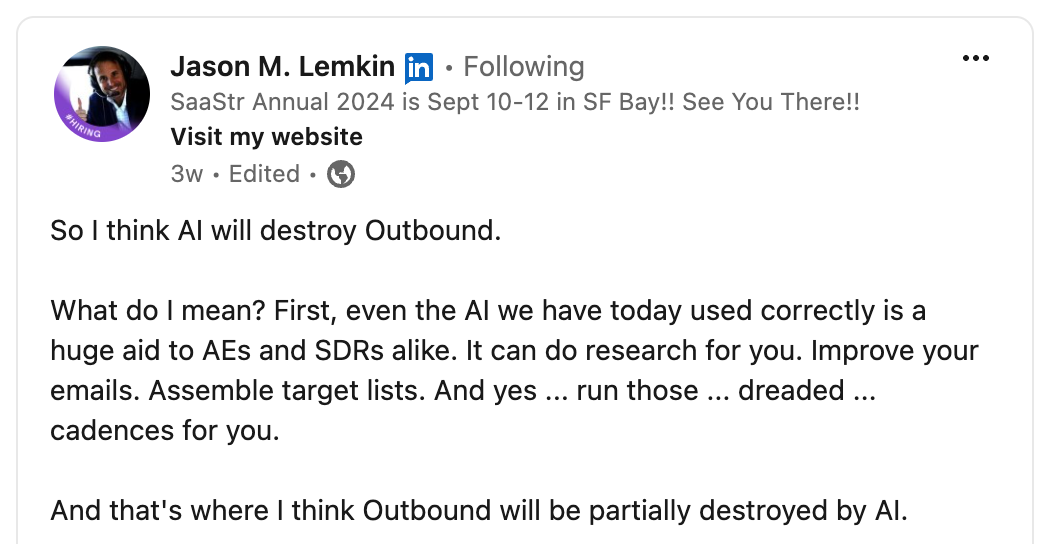
A less obvious second order effect of AI Sales Reps (or whatever you want to call them) is that they’re making it harder for real humans to do the job.
The explosion of AI-generated outbounds has made email providers more focused on Spam reduction. It makes recipients more cautious of opening unsolicited emails. It makes everything more noisy so the authentic emails written by humans get lost in that noise.
AI-generated spam is hurting human email deliverability.
Our buyers’ inboxes get so stuffed with AI written junk that even good, relevant emails get ignored. I can’t compete with a bot writing 300 emails a day.
AJ Aminrazavi, Thoropass
7. Too much personalization is creepy
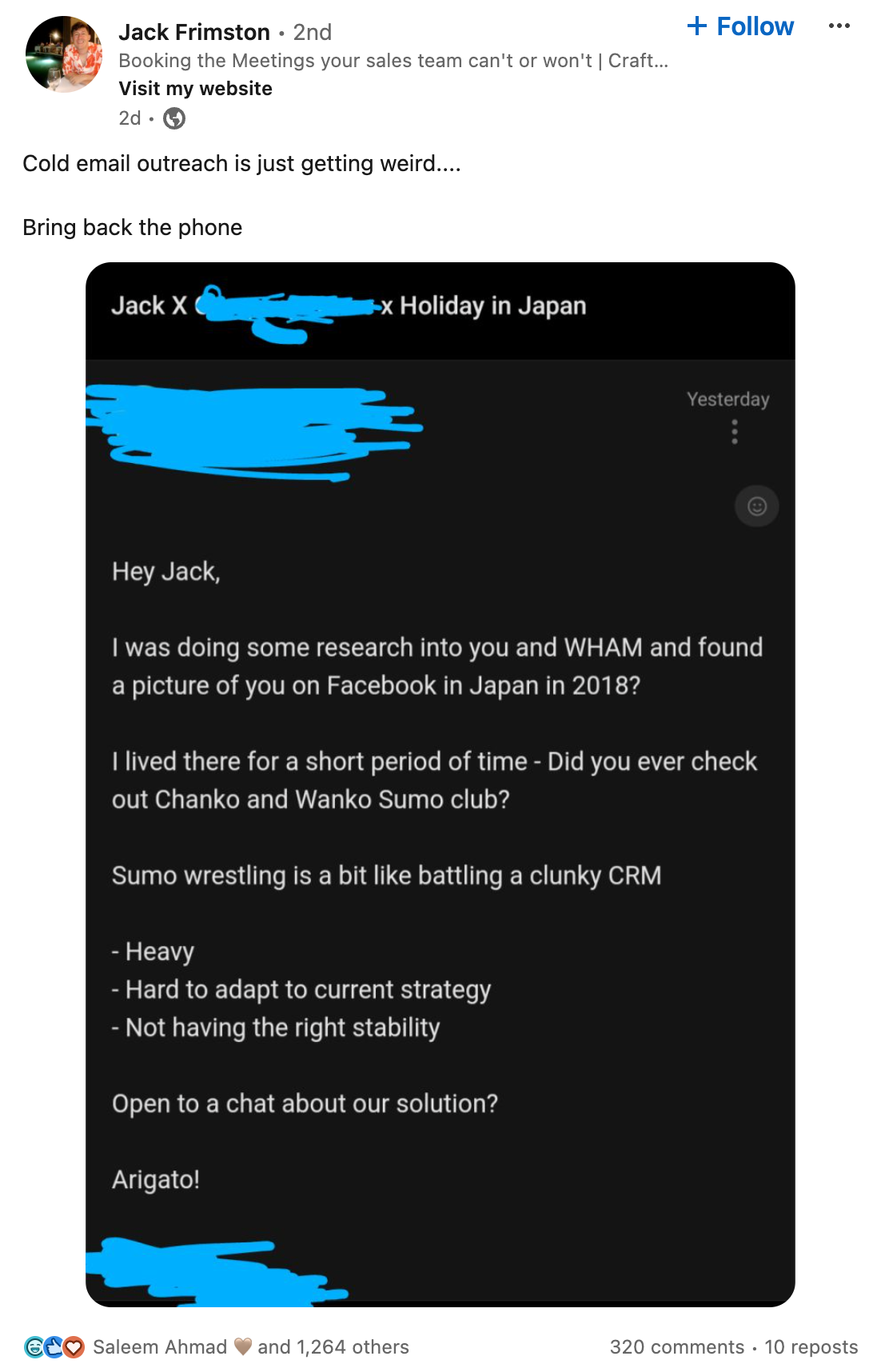
Social media is loaded with examples of this.
If a sales rep is digging through your Instagram to find something to relate with you on, that’s just weird. What happened to solving a prospect’s problem?
Why would the fact that we’re both fans of Limp Bizkit increase your chances of booking a meeting? It might lead to a conversation, but that’s not how you find qualified prospects.
Researching a prospect is great, but finding out your dogs share a birthday is how you make new friends…not how you build a good pipeline.
This is another example of how automation, over-personalization, and bulk-prospecting can take reps down paths that have nothing to do with sales.
8. Email sequences are out of control
The practice of sequence-based emailing has become way too complex. This leads to repeated followups to un-engaged users, increased levels of annoyance, and in some cases, extremely negative interactions like this:
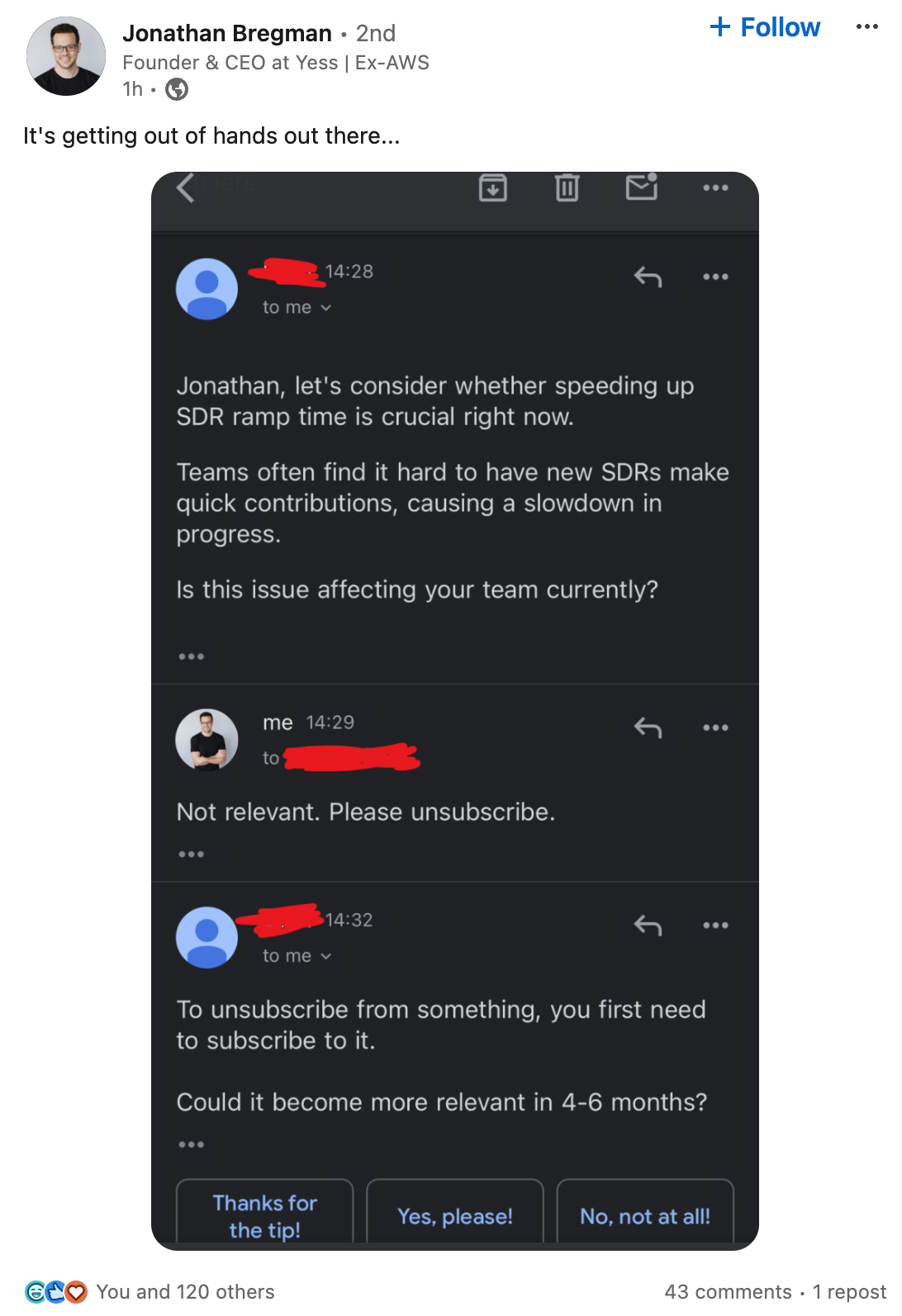
There is immense value in automating emails and personalizing sequences. A ton of data supports this and a surprising amount of people report positive experiences with email sequencing.
But recognize that it is technically mass-mailing. There are rules and federal regulations around that for a reason.
Our advice is to keep your sequences simple. Less is more. You don’t need a complex 15-step workflow to determine if a prospect wants your cloud-delivered audience segmentation product.
It also makes the outbound campaign feel more authentic. Receiving a fixed number of perfectly timed emails at key intervals feels too automated.
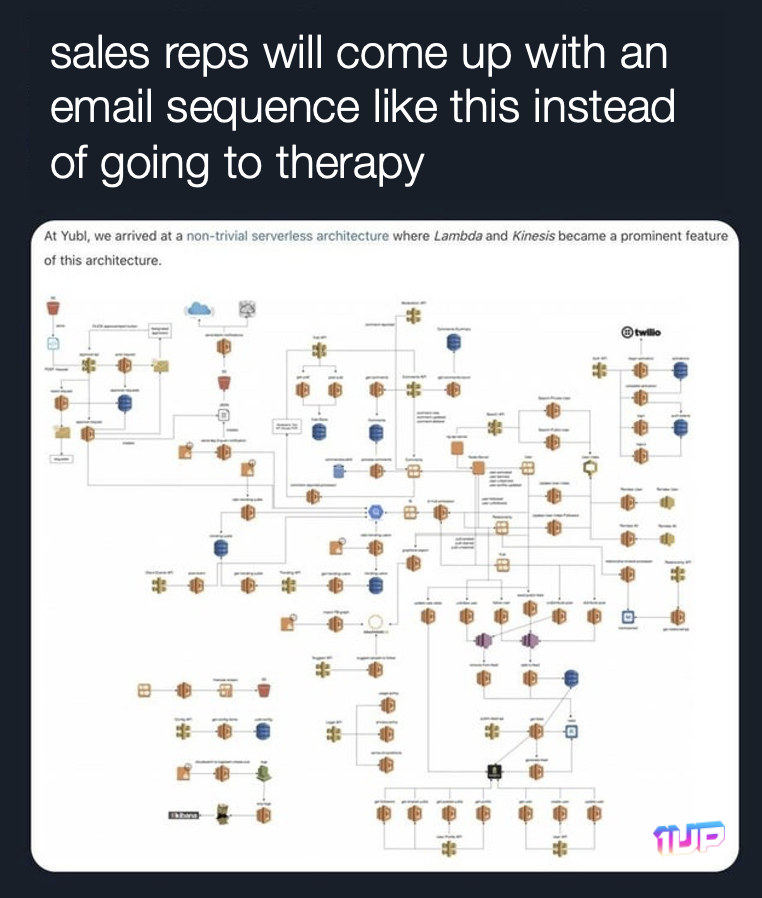
How to right the wrongs of automation
So sales automation is… bad?
No, obviously not. That’s never going to happen and it’s not what we’re advocating. We’re suggesting that revenue leaders take a more thoughtful approach to what automation should do for them.
It’s actually quite simple.
Slow down your outbounds
Take Jason Lemkin’s advice. Slow down and reduce volume. Less is more. Personalized emails written by humans are a competitive advantage, especially now that AI-generated spam is the new zero.
Focus automation efforts on mundane, repetitive tasks
There’s no shortage of repetitive soul-crushing grind work that reps do on a daily basis. From automating RFP responses to updating the CRM, there are a ton of great tools out there to make reps more productive. Our suggestion is to focus inward rather than automating the customer-facing side of sales.
Go back to basics
Pretend it’s 1985.
No, we’re not scamming people with penny stocks.
We’re talking about the old days of researching prospects – building rapport with leads, engaging across many channels, and focusing on quality over quantity.
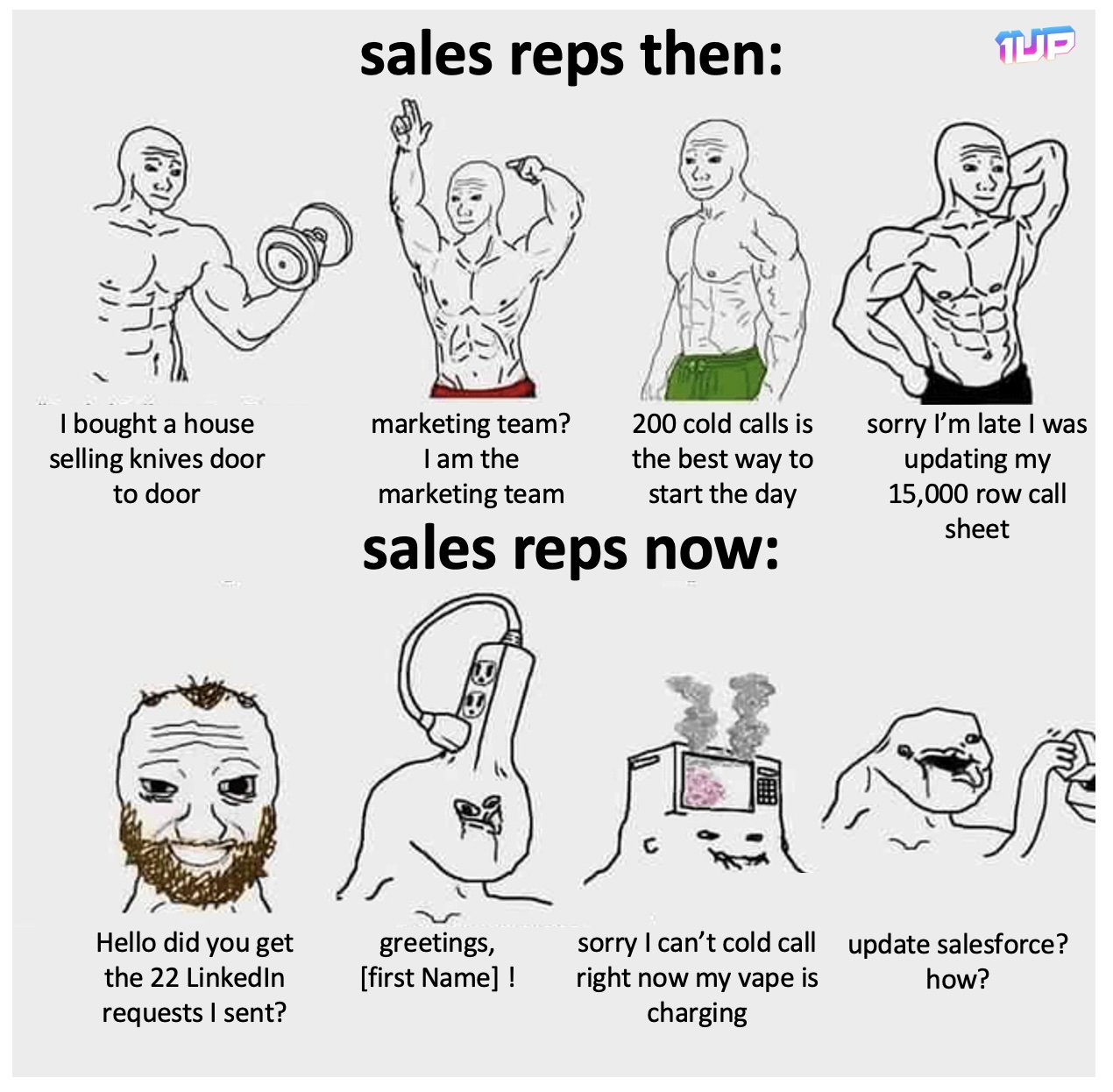
Today, the general feeling across the industry is that things have gotten a little too robotic. Some teams are seeing great success with cold calling. Others are leaning into real-world events, client dinners, and conferences.
Automation is here to stay. But maybe, just maybe, we can do some things the old way.
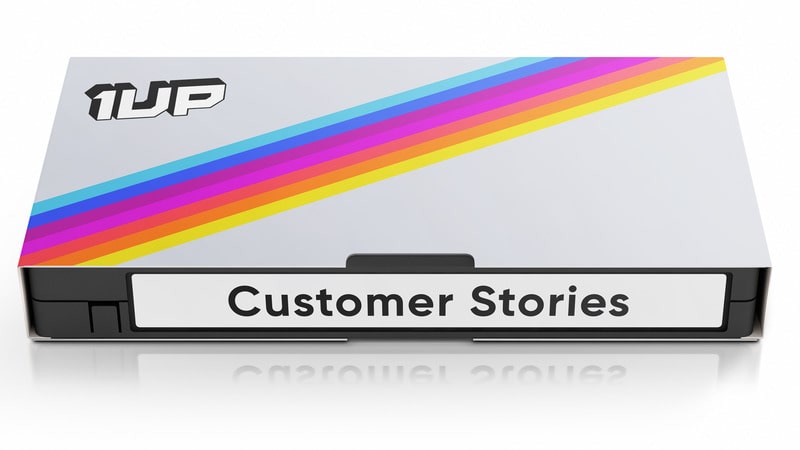

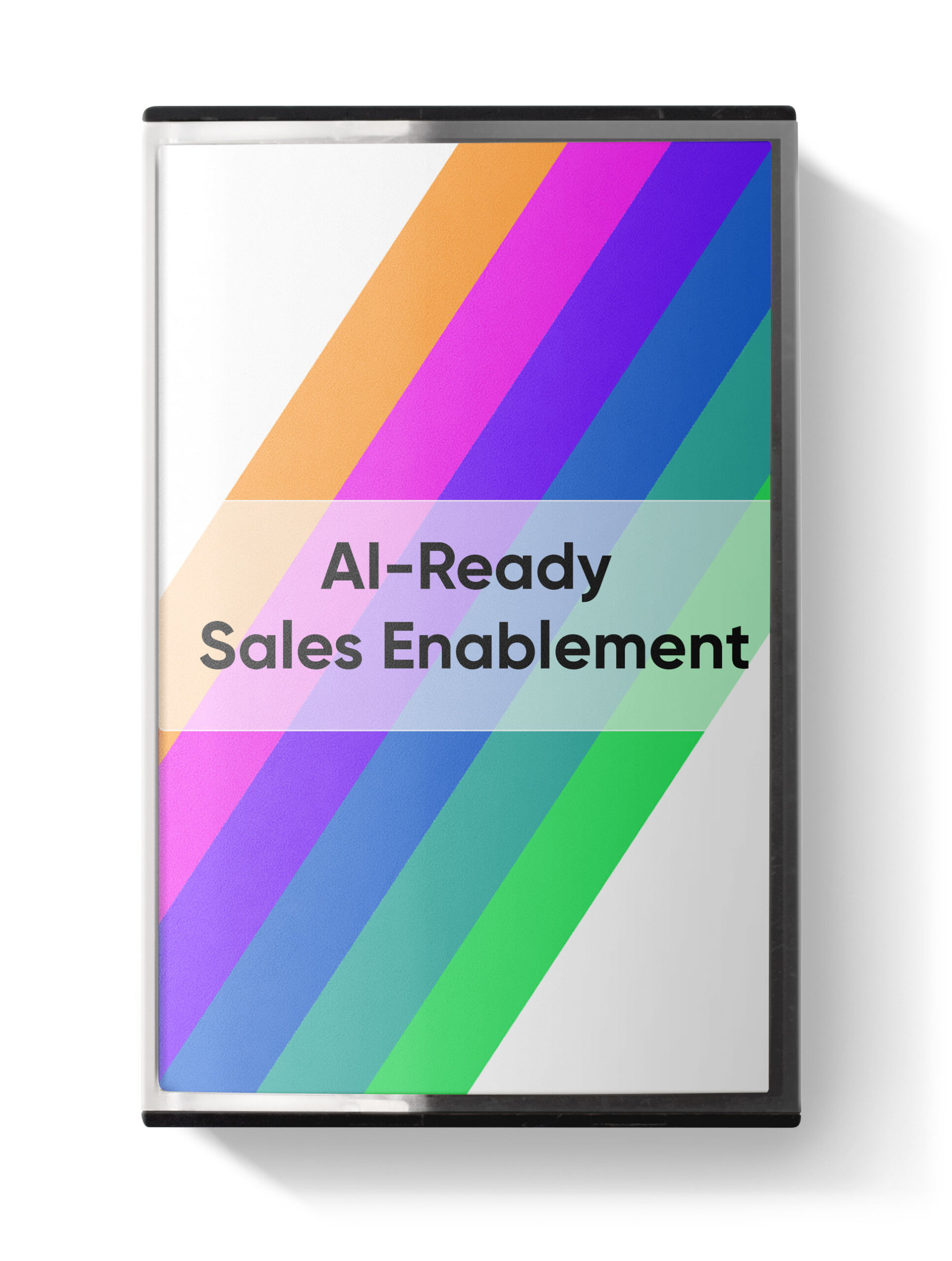
 Instagram
Instagram 


